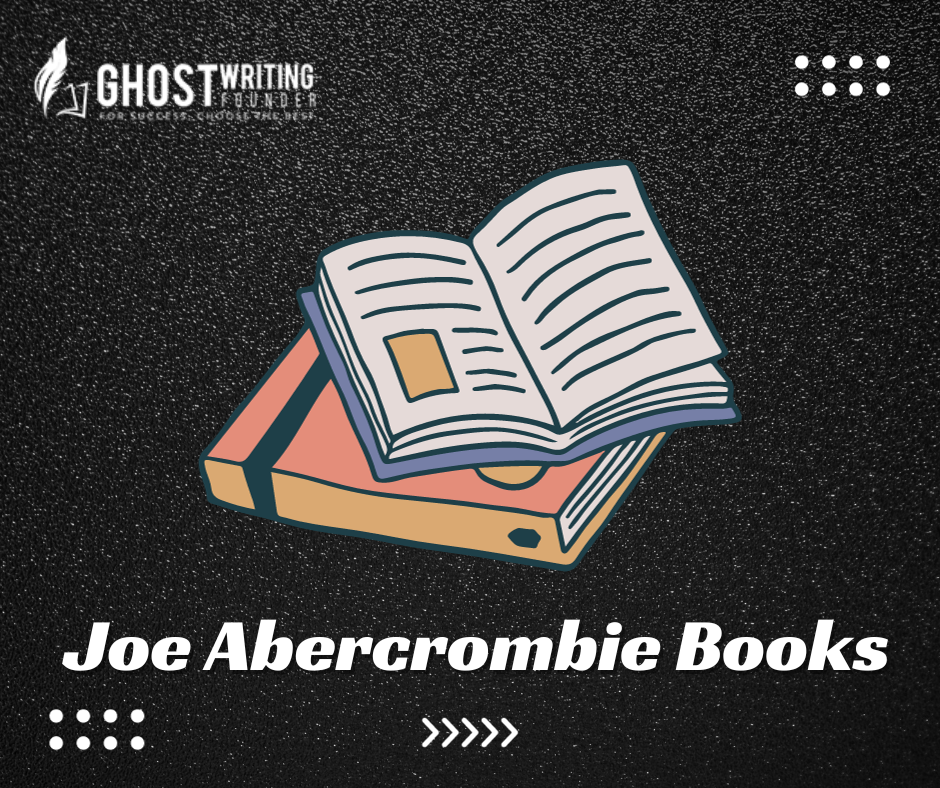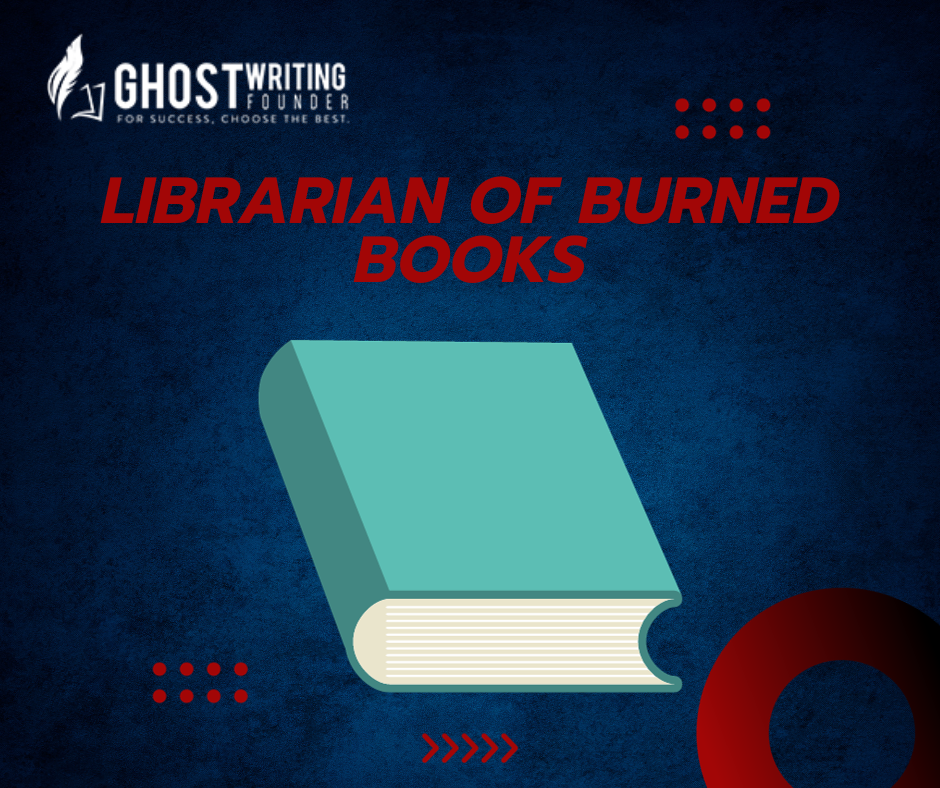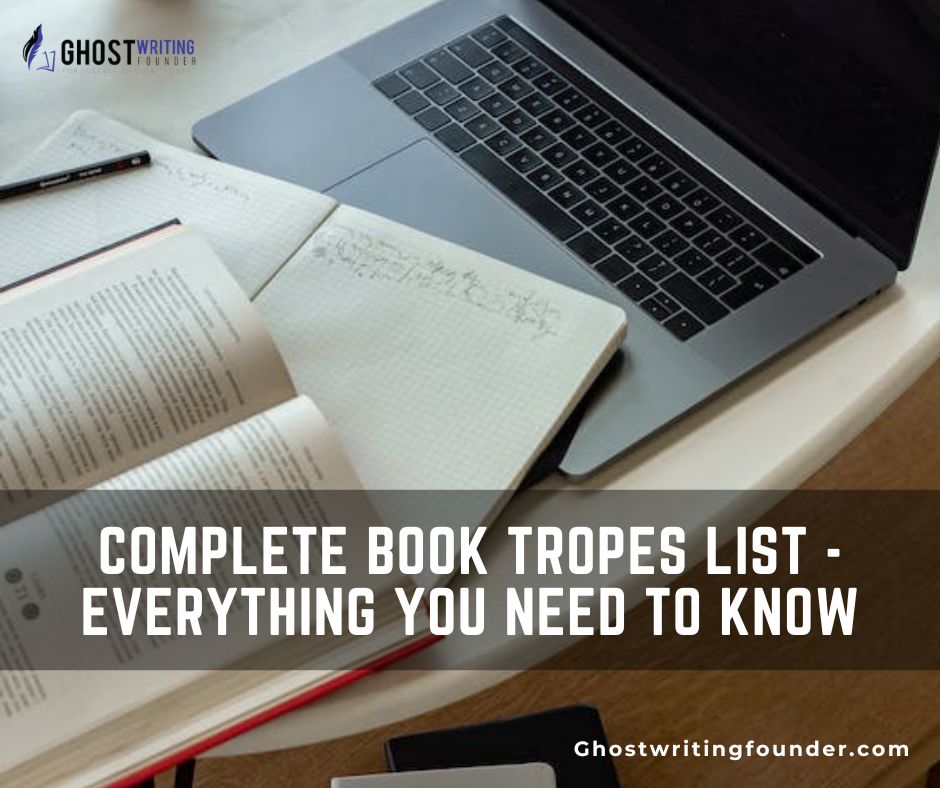
Book Writing
If you’re getting into the gritty and compelling worlds crafted by Joe Abercrombie, you’re in for a journey filled with sharp turns and rich storytelling. Known for his gripping narratives and complex characters, Abercrombie has established a unique corner in the fantasy genre that continues to captivate readers.
A common question arises with several books under his belt: What’s the best way to read Joe Abercrombie’s books?
This article lays out two main strategies to tackle this question: Reading by publication order or getting in chronologically.
We’ll explore both ways, helping you decide which path suits your adventure through Abercrombie’s literature.
Joe Abercrombie‘s
Joe Abercrombie’s books paint a rough world around the edges, where heroes are flawed, and the line between right and wrong is often blurred. This world, primarily set in the First Law universe, is expansive and detailed, offering a depth beyond the usual good-versus-evil plot. Abercrombie’s stories stand out for their strong character development, realistic portrayals of violence, and dark sense of humor that cuts through the tension.
The influence of Abercrombie on the fantasy genre cannot be overstated. His approach, often called “grimdark,” has redefined expectations for character complexity and moral ambiguity. As you step into this, you’re not just reading a book but immersing yourself in a living, breathing world that evolves with every page.
1. The Publication Order Approach
When you begin with the book that first hit the shelves, you follow the publication order. This way, you experience the story as Abercrombie gets it to the world, growing alongside the author’s maturing writing style. Starting with “The Blade Itself,” you’ll meet the characters as they are introduced and follow the twists and turns of the plot in the sequence Abercrombie intended.
The First Law Trilogy
- “The Blade Itself” (2006) – The journey begins here, setting the stage with key players and the gritty tone that defines the series.
- “Before They Are Hanged” (2007) – The adventure deepens, and the stakes are raised as the characters face greater challenges.
- “Last Argument of Kings” (2008) – The trilogy concludes with epic confrontations and resolutions that reshape the world.
Standalone Novels
After the trilogy, Abercrombie expanded the universe with three standalone novels:
- “Best Served Cold” (2009) – A tale of revenge that is as much about the character’s inner demons as their external battles.
- “The Heroes” (2011) – Focusing on a significant battle, this book offers a ground-level view of war’s true nature.
- “Red Country” (2012) – A Western-style story exploring Abercrombie’s world’s frontier.
The Age of Madness Trilogy
This trilogy reflects a world in flux a generation later:
- “A Little Hatred” (2019) – Industrialization takes hold, setting the stage for new conflicts and old vendettas.
- “The Trouble With Peace” (2020) – Stability is fleeting, and peace is far more complicated than war.
- “The Wisdom of Crowds” (2021) – The series concludes, tying together the fates of characters old and new.
- Sharp Ends (Short Story Collection, 2016) “Sharp Ends” is a short story collection that fills in gaps and offers new perspectives on familiar events and characters.
2. The Chronological Order Approach
Alternatively, linearly stepping into the timeline offers rewards from past events to the latest. Adopting the chronological order approach allows you to understand the First Law universe’s history as it unfolds, experiencing the lore’s natural progression.
This strategy provides a seamless history of Abercrombie’s world, where each story directly builds on the last. For readers who love to see the foundation of a world laid before them and watch how it develops through time, this can be particularly satisfying.
Chronological Reading List
Here’s how the books fall into place chronologically, considering the timeline within the stories:
- “Sharp Ends” – While this collection spans several eras, some stories perfectly introduce the world.
- “The Blade Itself” – The trilogy’s first book sets up the epic tale.
- “Before They Are Hanged” – The adventure continues with greater insight into the world.
- “Last Argument of Kings” – Conclusions are drawn, and destinies are fulfilled.
- “Best Served Cold” – This standalone novel picks up shortly after the trilogy’s end, introducing a new chapter.
- “The Heroes” – With a focus on one battle, the consequences of previous events are further explored.
- “Red Country” – This story pushes the frontier, expanding the world’s physical and thematic boundaries.
- “A Little Hatred” – The first book in The Age of Madness trilogy shows a world in the throes of change.
- “The Trouble With Peace” – Continuing the saga, the next generation grapples with the legacies of their predecessors.
- “The Wisdom of Crowds” – The grand finale where the series’ themes culminate in an explosive conclusion.
Comparison of the Two Strategies
Now, let’s weave together the threads of both strategies to highlight their distinct pathways through Joe Abercrombie’s grimdark narratives.
Plot and Character Development
Firstly, journeying through the books by publication order mirrors Abercrombie’s creative process. As a result, you witness the plot and characters maturing step by step. In contrast, the chronological approach offers a retrospective understanding, piecing together the saga with the benefit of hindsight, deepening the context of each character’s actions and the plot’s progression.
Reader Experience and Emotional Impact
Moreover, experiencing the series as it unfolded naturally grants a shared connection with its historical readership. With each revelation and character development a fresh discovery, you traverse the same emotional history. On the other hand, the chronological method delivers a continuous and coherent narrative that may enhance the emotional impact of the overarching storyline.
Approach for New Readers vs. Old Fans
Starting with the publication order might be more engaging for new readers, as it provides the full experience of the evolving world as Abercrombie expands and explores it. Seasoned fans, however, might find revisiting the series chronologically a refreshing way to rediscover the story, appreciating the nuances and foreshadowing they may have missed initially.
Perception of Key Events and Twists
Furthermore, the sequence in which you encounter key events and plot twists can shape your perception of the story. Reading in publication order preserves the suspense and surprise as originally intended. In contrast, chronological order offers a different type of suspense. One built on anticipating how the story will connect to already-known future events.
Complementary Materials and Spin-offs
Getting further into Joe Abercrombie’s world, it’s worth mentioning the complementary materials and spin-offs that can enhance your reading experience. These additional pieces can be the cherry on top of an already delicious cake, offering new flavors and depths to the universe you’ve become engrossed in.
“Sharp Ends” and Its Role as a Connector
“Sharp Ends” is particularly noteworthy. This anthology offers bitesize stories within Abercrombie’s universe and acts as a bridge, connecting various timelines and characters. It is an excellent companion to either reading strategy, filling in backstory, and providing new angles on the world’s events.
Graphic Novels or Comic
While there might not be graphic novels or comics at this point, the potential for such adaptations could offer a visual feast that complements the written word, bringing Abercrombie’s characters and settings to vivid life in a whole new medium.
Additional Short Stories or Related Works
Watch for any additional short stories or related works by Abercrombie. These can provide further insight and enjoyment, often highlighting side characters or events only touched upon in the main series.
Importance of Supplemental Texts
Whether it’s a novella focused on a minor character or a map detailing the geography of the First Law world, these supplemental texts round out the reader’s understanding of Abercrombie’s intricate universe, they offer a broader perspective and can be a real treat for those who want to get as deeply as possible into the lore.
Practical Tips by Ghostwriting Founder
Getting on a literary journey through Joe Abercrombie’s books can be as thrilling as it is tough. To help you make your journey easy, here are some practical tips to help you stick to your chosen reading order and maximize your enjoyment of the series.
· Structured Reading List
Getting the journey of children’s book writing or any genre by starting with foundational texts. Keep a structured reading list to track your progress. Not only does this method maintain the intended narrative sequence, but with manuscript editing services, your draft can transform into a masterpiece ready for readers to follow.
· Professional Insights
Acknowledge that your writing and storytelling skills will flourish with time. Engage with a content development agency to refine your craft and observe your growth as an author. This evolution is a rewarding aspect of the creative process.
· Plot Twists with SEO
When your narrative takes unexpected turns, an experienced SEO blog writing agency can help spotlight these moments, attracting and retaining reader interest through optimized content. This strategic promotion ensures your twists and surprises reach a broad audience.
· Historical Timeline with Expert Help
For those who admire a structured approach, consider author website development to share your journey. A website can serve as your virtual timeline, showcasing the milestones of your writing career and offering fans an interactive experience.
· Community-Driven Approach
Connect with others on the same path by utilizing resources from a publishing assistance agency. These communities are treasure troves of insight, support, and motivation, guiding you through the intricacies of publishing.
· Visual Engagement
Lastly, don’t underestimate the power of visual storytelling. Video book trailers for promotion can be a compelling way to engage your audience and generate excitement for your upcoming releases.
· General Advice for Aspiring Authors
Whether writing your first novel or enhancing an existing manuscript, remember to take your time and savor the creative journey. Every author’s path is unique in the ever-evolving history of literature – celebrate yours with every word you write.
FAQs
Q1: Where should I start with Joe Abercrombie’s books?
A1: If you’re new to Joe Abercrombie’s work, the best place to start is with “The Blade Itself,” the first book in his acclaimed First Law trilogy. This sets the stage for the world and characters you’ll grow to love.
Q2: Do I need to read Abercrombie’s books in order?
A2: While each book stands independently, reading them in order can enhance your understanding and enjoyment of the unfolding story and character development. It’s recommended but not strictly necessary.
Q3: Can I read the standalone novels without reading the trilogy?
A3: Yes, you can. The standalone novels are designed to be accessible independently but contain spoilers for the trilogy. You might want to start with the trilogy first for a full appreciation.
Q4: How many books are in the First Law universe?
A4: Currently, there are three books in the main First Law trilogy, three standalone novels, a collection of short stories, and a new trilogy called The Age of Madness, bringing the total to ten. Always check for the latest releases as Abercrombie continues to expand his universe.
Q5: What makes Joe Abercrombie’s writing style unique?
A5: Abercrombie is known for his sharp wit, dark humor, and complex characters. His writing often subverts traditional fantasy tropes, offering a gritty, more realistic take on the genre.
Q6: Are there any recurring characters in Joe Abercrombie’s standalone novels and short stories?
A6: Several characters from the First Law trilogy appear or are referenced in the standalone novels and short stories. These works can provide additional depth and perspective on these characters, offering fans a richer experience of the world and its inhabitants. However, each standalone novel is also crafted to stand independently, so new readers can enjoy it without prior knowledge of the trilogy.
Key Characteristics and Profound Details
| Category | Details | Examples/Notes |
|---|---|---|
| Approaches to Reading | Publication Order, Chronological Order | Publication Order starts with “The Blade Itself”, Chronological Order starts with “Sharp Ends” |
| Key Themes | Grimdark Fantasy, Moral Ambiguity | Strong character development, realistic portrayals of violence |
| Main Trilogy | The First Law Trilogy | “The Blade Itself”, “Before They Are Hanged”, “Last Argument of Kings” |
| Standalone Novels | Expansions of the Universe | “Best Served Cold”, “The Heroes”, “Red Country” |
| New Trilogy | The Age of Madness | “A Little Hatred”, “The Trouble With Peace”, “The Wisdom of Crowds” |
| Additional Material | Short Stories, Potential Spin-offs | “Sharp Ends”, Potential for graphic novels or comics |
| Reading Tips | For New and Seasoned Readers | Start with “The Blade Itself” for newcomers, chronological order for in-depth exploration |
Conclusion
In summary, each route offers a unique adventure, whether you get into Joe Abercrombie’s works in publication order or trace the stories chronologically. As you turn the pages, expect to be drawn into a this where every twist is masterfully crafted. Embrace each moment, for Abercrombie’s narratives are not just about the endings but the riveting journey itself. Choose the path that resonates with you and get on an epic exploration of bravery, wit, and the human spirit.









Leave a Reply